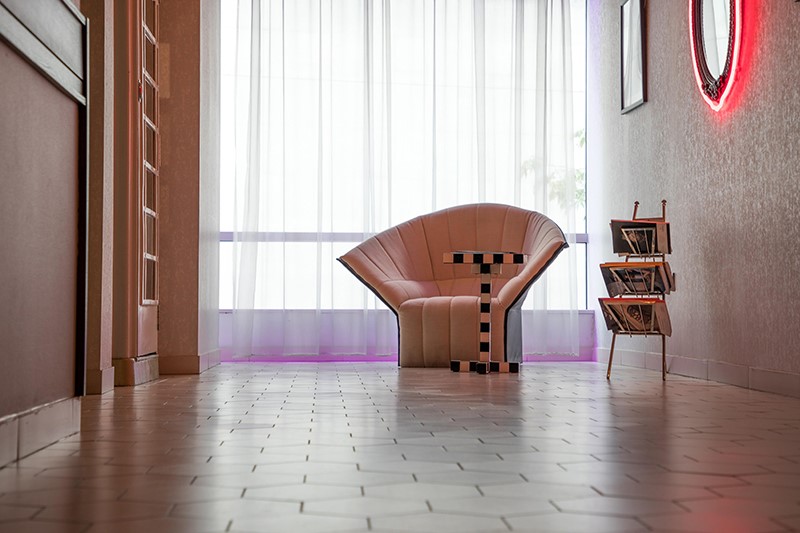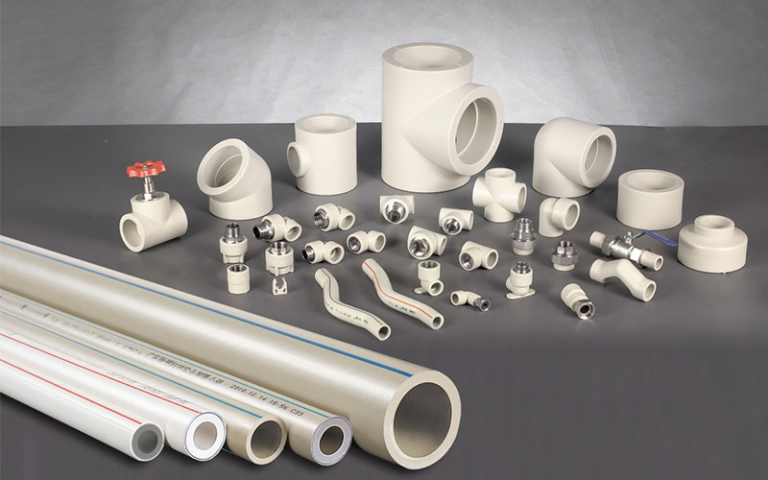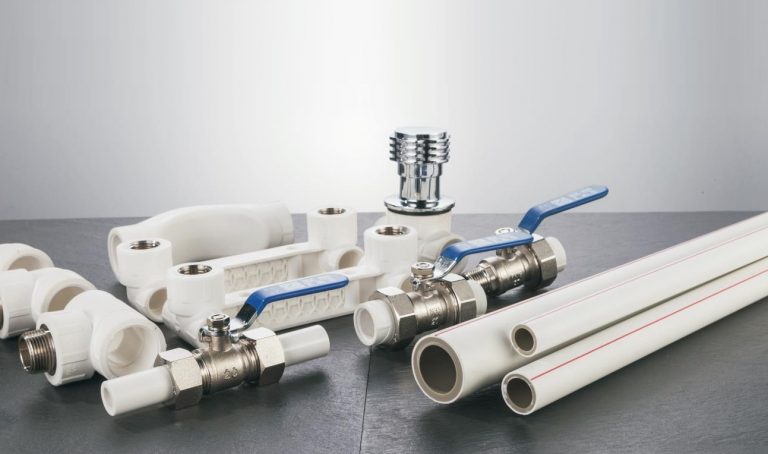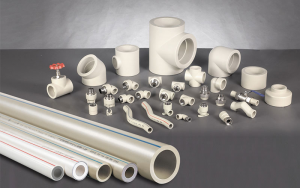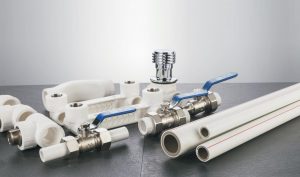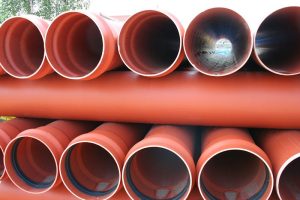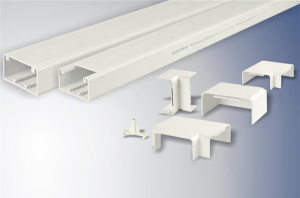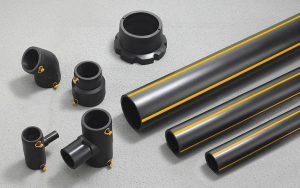There are various heating systems used in homes, and floor heating is one of the best ways to heat your home. Floor heating can emit three-dimensional heat dissipation, so that the room can maintain a constant temperature even in the cold season. However, before you get a floor heating pipe installed in your home, you need to know a couple of things.
How many types of underfloor heating (UFH) are there? What type of flooring works best with this type of heating system? Fortunately, this guide will show you how to choose the best floor heating pipe for your home.
What is floor heating?
Floor heating entails the installation of pipes in the floor. By doing so, the whole floor gets converted into a radiator.
The underfloor heating system heats the room through radiation. It works with the principle that warm air is lighter and rises above colder air, thus making your room more comfortable. Floor heating has become popular because it does not demand as much as a traditional radiator system.
Floor heating has a lower operating temperature of about 40 degrees Celsius while a traditional radiator system operates at approximately 65 degrees Celsius.
The system heats the room from the ground up through the pipes that are installed under the floor level. A floor heating system distributes heat evenly, plus it has minimal airflow to make sure that the temperature keeps the room comfortable.
Different types of floor heating pipes
There are two types of floor heating systems.
- Wet underfloor heating (warm water underfloor heating)
- Electric underfloor heating
Here, we’ll mainly focus on the former.
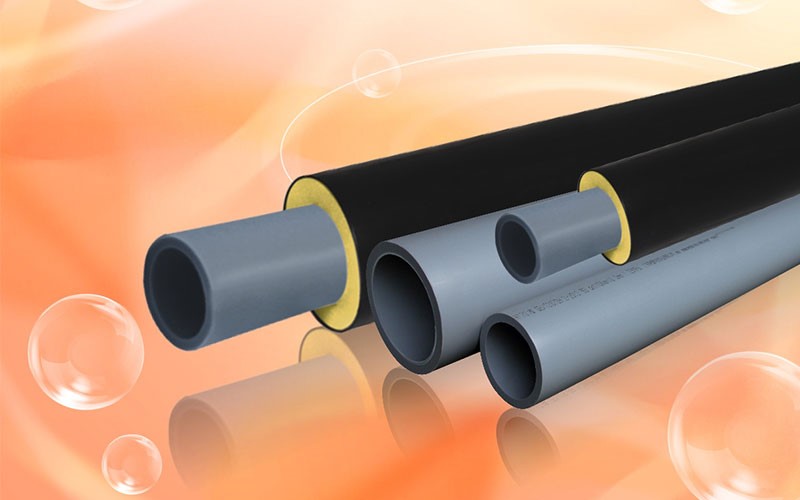

Basically, a wet underfloor heating system relies on pipes to heat rooms. The pipes are filled with warm water, which is either powered by a heat pump or a boiler. The system is concealed under the floor, and the pipes are buried into the screed.
A warm water underfloor heating system is best suited when an individual is planning a whole-house system or new builds. After all, this system is exceptionally energy-efficient and it has low running costs.
Sometimes, the wet underfloor heating system may be mounted on the surface using pipes from LESSO pipe. A surface-mounted warm water system comprises insulated panels that have channels designed for pipes to sit in. The pipes could be laid on top of your existing floor structure and their functionality is similar to that of the buried systems.
On the other hand, there’s electric floor heating. This system is easier and cheaper to install as compared to a wet underfloor heating system. Its energy costs, however, are comparatively higher. The system is connected to your home’s electric circuit and runs via thermostats. It’s advisable to install this system in a single area in a home such as a bathroom.
What are the best pipes for floor heating?
There are several heating pipe types. They include:
- PE-RT
PB
These pipes function differently based on the material used.
Polyethylene (PB) was used in home plumbing systems. It delivers uninterrupted energy-efficient heating to residential, commercial and industrial buildings, and city infrastructure. The exceptional performance of PB piping systems for floor heating has made it an essential service technology for modern, energy-efficient building and construction. It was inexpensive and offered plenty of advantages over other materials, such as flexibility, ease of installation, resistance to freezing.
PE-RT stands for ‘polyethylene at raised temperature resistance’. It’s designed for water-based underfloor heating systems. Polyethylene has excellent properties at high pressures and temperatures as well as being very flexible and easy to use. It is non-corrosive and has very good resistance to frost. It is also creep-resistant and has a high impact strength. LESSO’s PE-RT pipe is completely environmentally friendly and can be easily melted and recycled. It is an ideal plumbing system for floor heating.
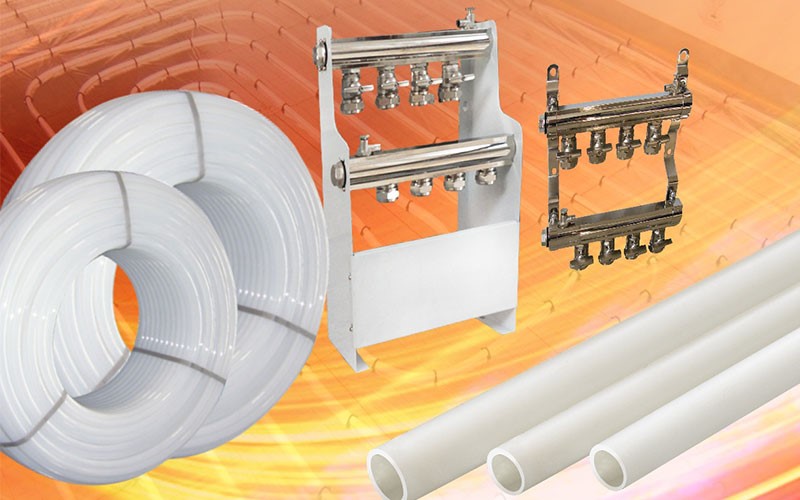

The best pipe also needs to be resistant to corrosion and have a high resistance to temperature and pressure. It must also be flexible.
How deep are floor heating pipes?
A floor heating pipe needs to be laid at a specific depth based on the heating pipe size and the type of flooring you have. Usually, the maximum heat output for a UFH is 70 W/m2 for timber floors and 100 W/m2 for concrete floors.
For these systems to work efficiently, a home has to be built according to current building regulations. With the regulations, any room should receive the heat it requires. The time it takes for this heating system to heat up a room also depends on the flooring material.
For instance, pipes laid at 150mm under a concrete slab will take about 4 hours to heat the whole house to about 15 degrees Celsius. On the other hand, cement screed would be about 75mm thick, which will take the UFH up to 2 hours to warm up the whole house.
How to lay floor heating pipes?
Here are the basic steps for installing floor heating pipes.
- Make sure you have all you need. Preparedness is imperative
- Lay down the insulation for the wet UFH
- Connect the floor heating pipe to the manifold
- Begin laying down the pipe
- Make sure to secure the pipe to the insulation using staples
- Ensure that the pipes have the correct spacing for maximum heat distribution
- Prepare the screed and then pour it carefully over the secured pipe system
- Ensure the screed is stabilized
- Lay down the flooring
How to choose floor heating types?
There are many factors we need to consider when buying floor heating pipes. Below are the several main points we should bear in mind.
- Heat conduction efficiency: An underfloor heating system needs to be set in areas with good insulation to ensure it delivers the desired level of comfort.
- Flexibility: Ultra flexible underfloor heating pipe allows more flexibility while installing which speeds up the installation process.
- Stability: The main material raw material should be intended for high temperature resistance usage and ensure reliable connection without the worry of leakage
- Lifespan: The pipes used for underfloor heating must have a projected lifespan of 50 years
- Compatibility: Additionally, you have to check whether the system is compatible with alternative energy sources.
- Installation: And you must also consider the installation method. Note that there are two types of underfloor heating systems and they follow distinct installation procedures.
- Cost: You must also consider the installation costs.
Conclusion
Floor heating systems have become a preferred option for many people. The systems are energy-efficient, plus they have low running costs. In particular, most homeowners will find wet underfloor systems quite cost-friendly. Some people also choose electric underfloor systems because they are cheaper to install. These systems, however, have higher running costs as compared to wet UFH. Overall, a floor heating pipe works to keep any room warm for optimized comfort.


